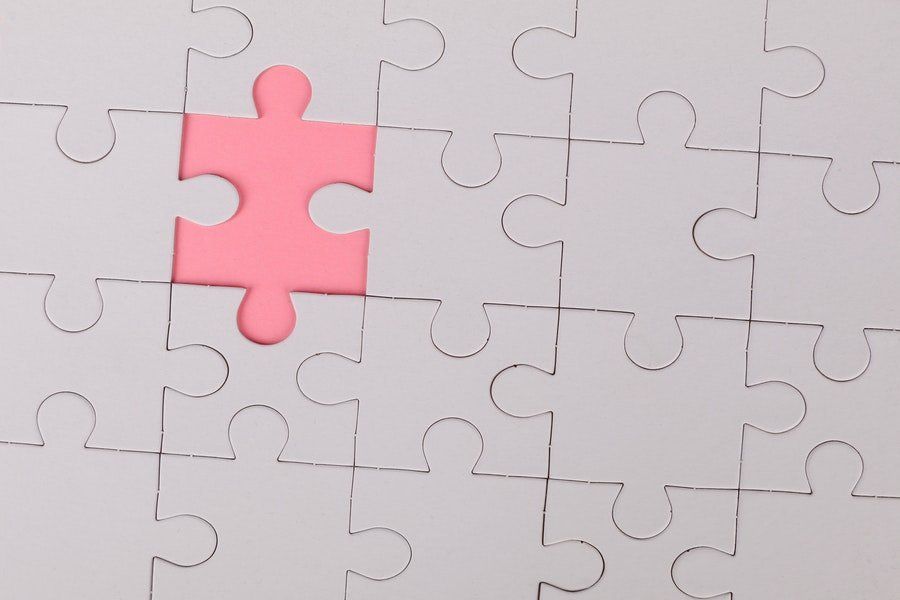Are You Biased Without Knowing It?

Much has been written about diversity. Some organisations in developed countries promote diversity outwardly and tread carefully internally to avoid lawsuits on the matter, but that’s not necessarily the case in Malaysia.
Many human resources (HR) leaders I speak to who want to create a diverse workplace tell a different, better story. They do it because they believe it’s the right thing to do – in the spirit of muhibbah.
We are Malaysians after all, and we take pride in being a multicultural country, regardless of how the politicians and media might paint it. Yes, there may be a ‘quota system’ in some organisations here, but not in most. Needless to say, the organisational benefits of having a diverse workforce are not overlooked either.
However, good intentions don’t always translate into good results. While HR and management may take the right steps to bring in skilled people of different gender, age and cultural backgrounds, strong retention is sometimes beyond HR’s ability to effect.
In countries like the US, organisations report that many diversity training programmes have been conducted but they are not always successful. In Malaysia, ‘Working With Different Generations’ seems to be a popular training theme, but no substantial reports on positive outcomes have been heard thereafter.
We still receive complaints about Gen Y and the older folks. Why is that so? If processes and policies are made right and trainings are conducted, what’s the missing link? In my humble opinion – it’s the employees, i.e. you and me.
Read this: The Truth About Diversity
You and I have big roles to play in ensuring workplace diversity is sustainable. Let me share with you a story, without prejudice.
There was a very dynamic department of 20 individuals. It is a predominantly Chinese team, with three individuals who had some Chinese ancestry via mixed marriages. (The whole organisation was, by and large, ethnically homogenous.)
A quick profiling shows that 90% of the team members are in their mid-20s to early 30s, from the city, and speaks better Cantonese than English. A small group were from Chinese vernacular school. Internal communications within the department is primarily in Cantonese, followed by English. It is a strong close-knit group that worked well together and delivered superb results.
A role opened up while the topic of diversity was hot in the air, and the head of department decided there was a need for someone with a Malay cultural background to meet the needs of their clients as well. And so a skilled Malay man from a small town was hired.
On Monday, in walked a very quiet man whose primary language was Bahasa Malaysia, and who appeared excited
but lost on his first day. All of his colleagues made an effort to say ‘hi’ and welcome him, then carried on with their work and casual departmental chats.
As the day went by, the new hire appeared more uneasy. He would lunch with his team, then head back to his desk while the noise and chatter continued in the office. Day two, three and four came and went as the new team member received work briefings and again lunched with the team. On day five, he didn’t show. The following Monday, the team received news that he had resigned.
It didn’t take long for the colleagues to conclude that he ‘didn’t fit in the department’. While they were all kind and decent individuals, there were just some implicit biases and habitual actions that didn’t help welcome people of a different background into their team.
Unfortunately, this is not uncommon, even in Malaysia where most Malaysians strive to be accepting of others.
Mahzarin R. Banaji, a professor at Harvard and co-author of Blindspot: Hidden Biases of Good People discovered through her research that even the best among us have some implicit biasness that needs undoing.
On what later became known as the Implicit Association Test, she states that “everyone carries with them implicit biases that may change how people perceive or interact with others. We are all subject to these biases, which can lead people to inadvertently act in ways that may be discriminatory or are influenced by stereotypes that people would consciously reject.”
In other words, at a subconscious level, we may all tend to do some generalisation regarding various categories of people. We may not intentionally discriminate against others who are different from us or those in the ‘out-group’, but still our actions or thoughts may sometimes make them feel unwelcome or small.
While these biases are neither deliberately damaging nor explicit, it can be easily picked up by someone who is already feeling out of place. As we build a genuinely diverse workplace where people of different genders, ages, educational backgrounds, languages and races come together, we need to put in some extra work beyond implementing procedures and trainings.
The following approaches can help welcome and sustain diversity in our teams or departments:
1. Discover, understand and own your implicit biases
Most Malaysians do not consciously discriminate against others, but there is no denying that many of us were brought up observing and being influenced by discriminatory ideas and behaviours in parents, relatives, friends and the community around us.
Don’t mistake your implicit bias against a certain race or gender as you being actively racist, sexist or ageist. You may currently be working with these people and are friends with them. But while you may not outwardly insult these colleagues, be on the lookout for small hints of bias in your actions, words or thoughts – especially involving those you have not built a close relationship with.
Take time to sit back and think of these biases. They can stem from our upbringing, past experiences or simply be ‘borrowed biases’ from the media or others. Think back to playtime when you were young or even when forming study groups in college. Were there people that you tried to avoid having as team members? Identifying the source or sources of these biases can help you understand yourself better and work towards countering your biases.
2. Reframe it and rethink your actions.
Our implicit biasness results in our automatic responses. Bahaji shares that while we don’t explicitly express our biasness, there is a high chance that “it shows up in our non-verbal behaviour: our expressions, our stances, how far we stand, how much eye contact we make”. Because of this, there really is a need for us to make a conscious effort in reframing our thoughts and rethinking our expressions.
I would like to think that most of us have said this to ourselves at some point: “I love all people and treat them as unique individuals.” However, let’s be honest. Sometimes our actions and behaviours don’t reflect that but we deny it and tell ourselves otherwise. Psychologists term it as cognitive dissonance when an individual experiences discomfort because their behavior is not in sync with their beliefs.
A simple example can involve a co-worker from Nigeria. Over the years, there is a strong label formed around Nigerians because of a few bad apples that have been caught in drugs, scams, and unruly behaviours.
As such, my Nigerian friends – who are honest and awesome to work with – have complained about how difficult it is for them to find jobs, local friends and sometimes a place to stay. But truth be told, even as an assessor – and I believe strongly that every individual is unique and we shouldn’t generalise – the implicit biasness in me stopped me from befriending them initially. We stopped at courteous hellos. Prejudice happened without me realising it. But once that realisation dawned, I made an effort to get to know them on a more personal level and now, I am glad I did not stop at just hellos. These friends have been a great blessing to me and my family.
When cognitive dissonance takes place in this case, something else needs to happen. We change either our beliefs or our behaviour. Based on the above example, I decided to keep my conscious belief that every individual is unique and shouldn’t be put in a box. So, I changed the behaviour that stemmed from my implicit biasness and saw great results arising from there.
If your thoughts need to be adjusted, do so. Reframe your thoughts and opinions regarding the groups of people you are likely to be biased towards.
3. Take sincere actions to sustain diversity
A great piece of advice I have received in managing my own implicit bias is this simple yet impactful exhortation: “Be sincere in wanting to know and learn about a person you are unfamiliar with. Go beyond hellos and ask questions that will help you understand where this person is coming from and, through that, build a genuine relationship. And then, engage them!”
This rings true. Getting to know someone is one good way to repel our bias. But engaging them in team projects and organisation-wide projects will go a long way in making employees from minority groups feel welcome. Merely having lunches with them without engaging them is insufficient.
If actions are taken because ‘management says so’, the insincere efforts may not yield much benefit to you, your colleague or the organisation.
This might interest you: Does Your Business Sacrifice Diversity For Comfort?
Bringing it all together
Henry Ford said it well: “Coming together is a beginning, staying together is progress, working together is success.”
So while management and the HR team may take the first step by putting in processes to build a more diverse organisation, it really is up to you and me to make it a success!
Leadership
Tags: Hard Talk





